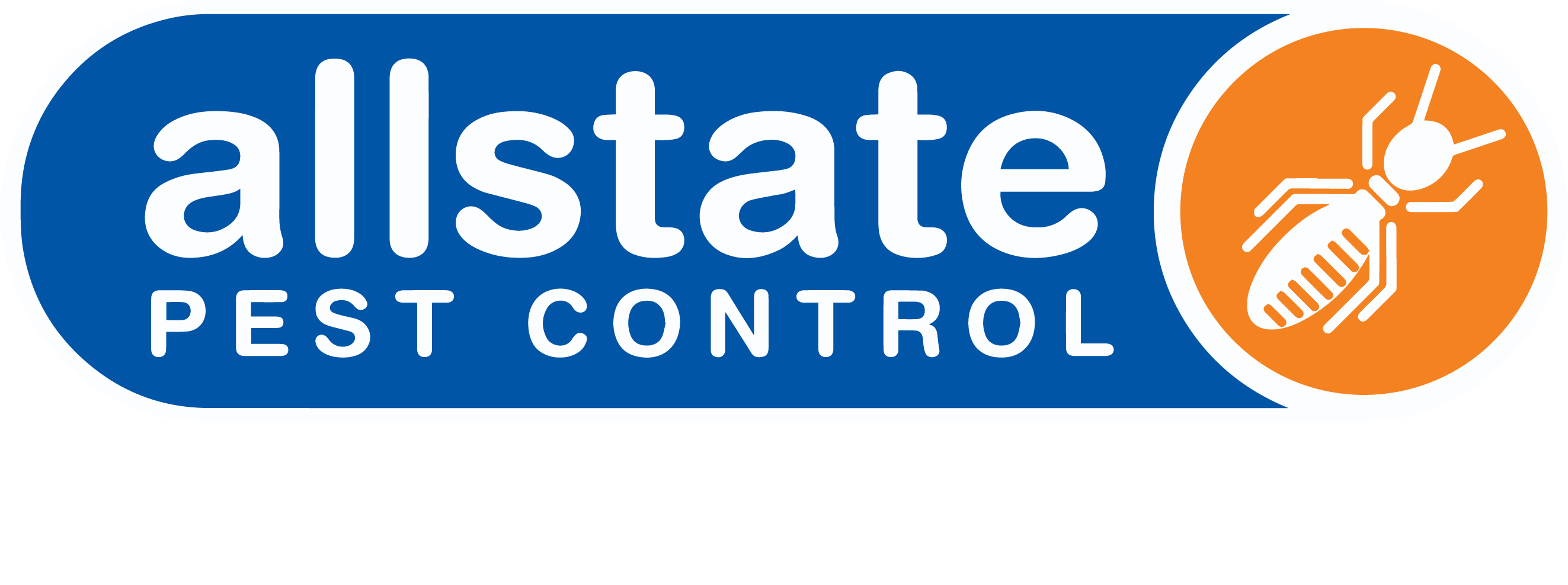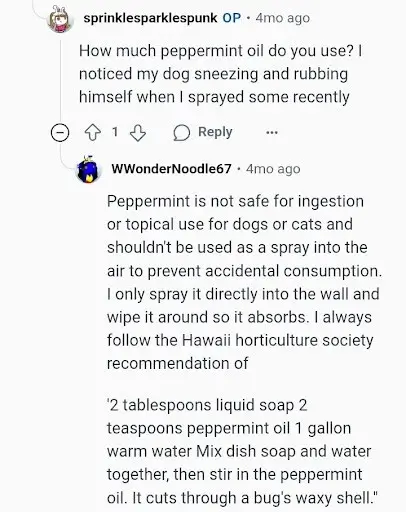ARE BEES CONSIDERED PESTS?
Since bees play an important part in keeping our plants and crops healthy and thriving, can they ever be a pest? The answer is yes! There are certain bee species that are thought to compete with other bees and native animals for nesting sites and food sources. If left unchecked, some of these pest bees even pollinate the wrong plants, leading to the unwanted spread of weeds.
If busy bees have infiltrated your garden, continue reading to learn about the most common types of pest bees and how you can avoid getting stung by an outbreak.
Worried about bees? Get expert help today
 or
or
What questions will this article answer?
Why am I seeing so many bees in my garden?
Bees play a key role in sustaining our natural environment as they pollinate plants to help with fertilisation and reproduction. So, as your garden begins to bloom in spring, it’s perfectly natural to notice more bees around.
That’s because they come out from a long winter hibernation and become more active during October to December. They are hungry and looking for places to fill their bellies with floral nectar.
Types of pest bees
While most are not native to Australia, pest bees have learned to adapt and survive very well to our unique climate. They are known to pollinate weeds instead of native flora, and compete for nesting sites and food sources with other native bees and animals.
Pest bees are strongly thought to not just be a nuisance, but also have a negative environmental impact.
Here are some of the more common pest bees you’ll encounter in Australia:
European honey bees
Introduced to Australia around 200 years ago, European honey bees were tasked with producing honey. They are around 0.5 inches long.
Sadly, their population has increased so much over the last 80 years, making them pests to other native animals and insects competing for the same natural resources.
Bumble bees
Specifically introduced to Tasmania in 1992, it is prohibited to move bumble bees to other Australian states and territories.
While they feed on a variety of native and introduced plants, they are only thought to compete with two species of native bees for a particular type of pollen.
Bumble bees also feed on problematic weeds, causing them to spread where they are not welcome!
Asian honey bees
While they are smaller in size than European honey bees, the Asian honey bee is skilled at adapting to changing environmental conditions. In fact, they have even become a huge pest in Cairns.
Thankfully, Asian honey bees tend to forage their nectar and pollen from minor plant sources rather than major crops.
Our expert team is ready to help you now
 or
or
Problems caused by pest bees
Bee outbreaks can quickly get out of control as they have a short reproductive cycle and Queen Bees can lay plenty of eggs to boost the colony in a short time.
Most of us dread encountering a noisy bee swarm and being met with a persistent buzzing sound that can be quite distracting and disruptive.
As they forage for food sources in different places, their fine hairs can pick up germs and spread diseases. Not to mention, they’ll leave behind messy and sticky honey stains wherever they go and attract other pests as a result.
Bees can certainly be dangerous as they will sting if they feel threatened. These stings are painful and for some people, can even trigger swelling and allergies.
Signs of a bee outbreak
Here are some ways that you can tell if you have a bee problem at your home or business:
You notice more bees buzzing around
The most obvious sign of a bee infestation is when there seems to be more bees than usual, and they can certainly be very noisy.
Beehives
These can be located around eaves, in your garage, shed, within tree trunks as well as wall and roof cavities.
Bees swarming around lights at night
If you’re seeing bees around lights when it’s dark, you could have an outbreak on your hands.
Honey stains
While delicious to eat, honey stains are sticky, unattractive and messy, and become a food source other pests such as ants. Look for dark brown patches on your walls and ceilings.
How to prevent pest bees in your garden
If you have flowers and plants in your backyard, it’s likely that you’ll be visited by bees at some point. But, are there ways from stopping these casual visitors from becoming a swarm? Absolutely!
We recommend starting off with removing all potential food sources from the garden, including fallen fruit which is high in sugar and a real treat for hungry bees. Dispose of uneaten pet food and avoid leaving food and drinks uncovered, especially meat and dairy products and sweets.
Where possible, we recommend choosing more gentle, natural bee deterrents. This way, the bees are safe from physical harm. This includes using ultrasonic electronic bug repellent products which are readily available from hardware stores.
You can opt to populate your garden with plants that bees are less keen to frequent, such as mint, eucalyptus, citronella, marigold and geranium.
As bee antennae are highly receptive to scents, you can use products with strong smells which are unpleasant to bees. Scented candles and mothballs are useful, as well as sprays made with water mixed with essential oils or herbs. This includes lemon, lime, vinegar, lavender and peppermint. It’s thought that sliced cucumber laid on aluminium sheets also has an off-putting odour as well.
Prevent bees safely. Speak to an expert today.
 or
or
Professional bee prevention
The first recommendation we make to all clients who enquire about pest bees is to not disturb the hive and aggravate the bees. Do avoid making sudden movements.
Since bees play an important role in the environment, we prefer to relocate pest beehives to a safer location rather than relying on extermination where possible.
Our team will first locate the beehive and try to identify the species of pest bee to determine the level of danger posed to you and your family.
If we’re unable to remove the beehive, our technicians will apply a targeted control dust into the beehive cavity to prevente the colony. This will deter new colonies from occupying the hive. To ensure that the treatment is effective, we’ll continue to review it if needed.
If the outbreak is severe, we may even call in local professional beekeepers for assistance.
Don’t forget, we have a 24/7 emergency bee removal service to help you at any time.
Choose Allstate for effective and safe bee removal
At Allstate, we understand how stressful and dangerous it can be to have a bee outbreak in your yard. That’s why our highly trained team of professional bee exterminators is full equipped with protective gear to help.
Available 24/7 to all suburbs of Adelaide, we are experienced in safely managing bee outbreaks in residential, industrial and commercial settings. Wherever we can, we prefer relocating rather than preventing them altogether.
With an emphasis on using non-toxic treatments, we aim to minimise harm to pets, people and the environment.
While our bee treatments come with a 6-month warranty, all of our services have a 100% satisfaction guarantee. We have finance options available so you can safeguard your home and business from buzzing bees in no time.


